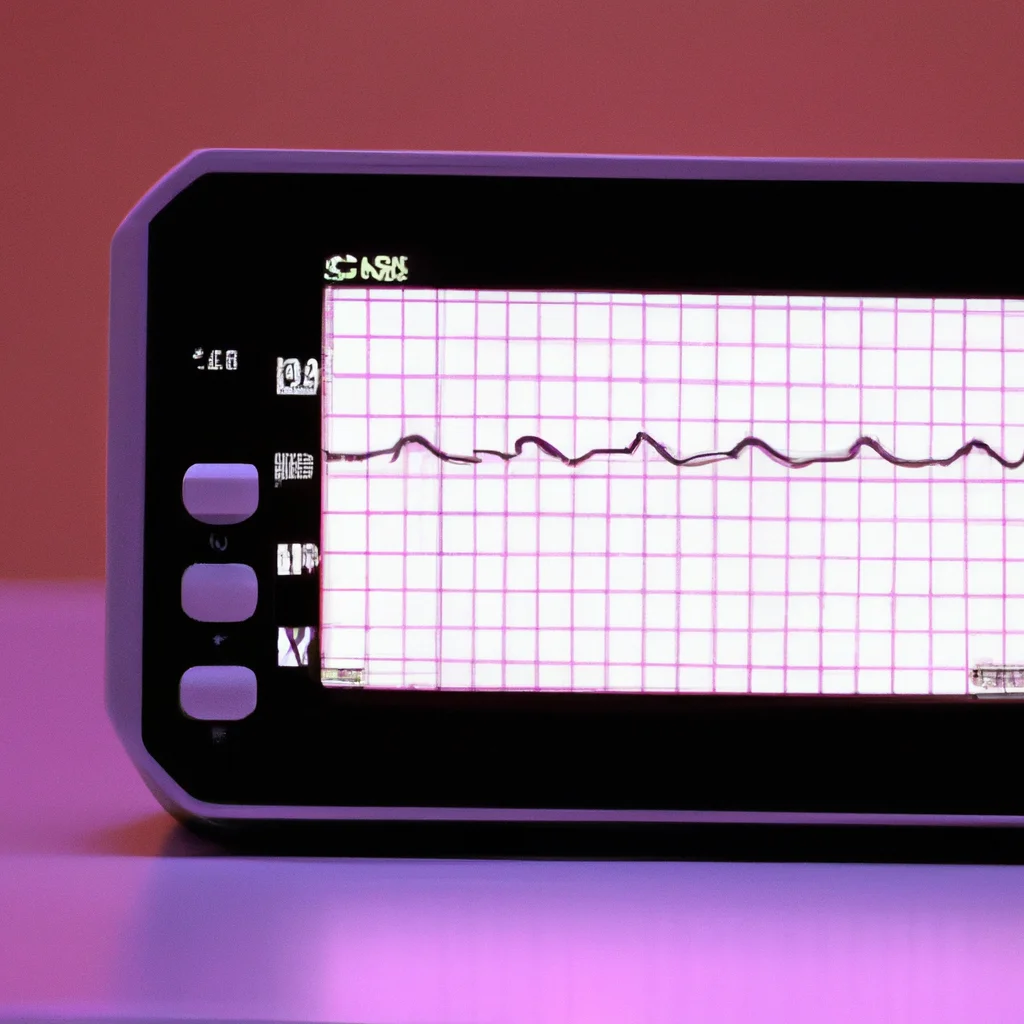How does a pacemaker regulate heart rate?


How does a pacemaker regulate heart rate?
Cardiovascular disease is a leading cause of death worldwide, claiming millions of lives each year. One of the most common conditions associated with this disease is cardiac arrhythmia, which refers to an abnormal heart rhythm. In many cases, a pacemaker is used to regulate the heart rate and restore normal cardiac function. But how does a pacemaker work, and what are the different types of pacemakers available?
What is a pacemaker?
A pacemaker is a small device that is implanted under the skin near the collarbone. It is connected to the heart via wires that are inserted through a vein and into the heart. The pacemaker sends electrical signals to the heart to regulate its rhythm.
How does a pacemaker regulate heart rate?
The pacemaker contains a battery and a computer chip that can detect the heart’s electrical activity. If the heart’s rhythm is too slow (bradycardia), the pacemaker sends a small electrical signal to the heart to speed up the heart rate. If the heart’s rhythm is too fast (tachycardia), the pacemaker sends a small electrical signal to slow down the heart rate.
The pacemaker can also detect when the heart is not beating in a coordinated manner, which can cause blood to pool in the heart and increase the risk of blood clots. If this occurs, the pacemaker sends small electrical signals to the heart to restore coordinated beating.
Types of pacemakers
There are several types of pacemakers available, including:
1. Single-chamber pacemaker – This type of pacemaker has one wire that is implanted in the right atrium or right ventricle of the heart.
2. Dual-chamber pacemaker – This type of pacemaker has two wires that are implanted in the right atrium and right ventricle of the heart. This allows for more precise control of the heart’s rhythm.
3. Biventricular pacemaker – This type of pacemaker is used for people with heart failure. It has three wires that are implanted in the right atrium, right ventricle, and left ventricle of the heart. This allows for coordinated beating of both ventricles, which can improve the heart’s function.
Implantable cardioverter-defibrillator
An implantable cardioverter-defibrillator (ICD) is a type of pacemaker that can also deliver a shock to the heart if it detects a life-threatening arrhythmia. This shock can restore normal heart rhythm and prevent sudden cardiac death.
Electrophysiology
Electrophysiology is a branch of cardiology that focuses on the electrical activity of the heart. Electrophysiologists are specially trained to diagnose and treat arrhythmias and other electrical problems of the heart.
Cardiac pacing
Cardiac pacing is the use of a pacemaker to regulate the heart’s rhythm. It is used to treat several types of arrhythmias, including bradycardia, tachycardia, and heart block.
In conclusion, a pacemaker is a small device that is implanted under the skin near the collarbone to regulate the heart’s rhythm. It sends electrical signals to the heart to speed up or slow down the heart rate as needed. There are several types of pacemakers available, including single-chamber, dual-chamber, and biventricular pacemakers. An implantable cardioverter-defibrillator (ICD) is a type of pacemaker that can also deliver a shock to the heart if it detects a life-threatening arrhythmia. Electrophysiologists are specially trained to diagnose and treat arrhythmias and other electrical problems of the heart. Cardiac pacing is an effective treatment for several types of arrhythmias and can help improve the quality of life for people with cardiovascular disease.
Recent Posts
How do I create an engaging and informative online quiz or assessment?
Creating an engaging and informative online quiz or assessment can be a powerful tool for… Read More
What are the most effective methods for managing and reducing work-related stress in the hospitality industry?
Work-related stress is a common issue in the hospitality industry, where employees often face long… Read More
How can I improve my assertiveness and communication skills in a leadership position?
In a leadership position, assertiveness and effective communication skills are crucial for success. Being able… Read More
What are the key elements of a successful employee recognition and rewards program?
Employee recognition and rewards programs play a crucial role in motivating and engaging employees, as… Read More
How do I effectively manage and respond to customer feedback and reviews?
Customer feedback and online reviews play a crucial role in shaping a company's reputation and… Read More
What are the best strategies for effective time management as a stay-at-home parent?
Effective time management is crucial for stay-at-home parents who juggle multiple responsibilities on a daily… Read More